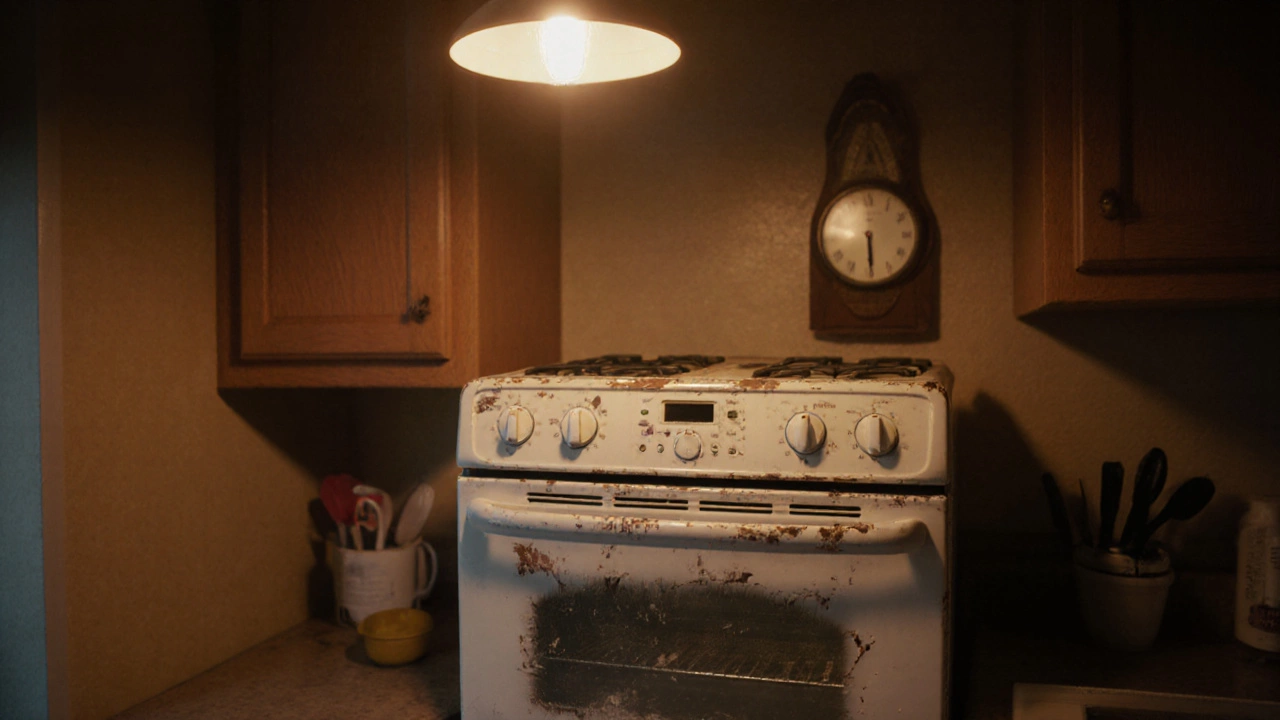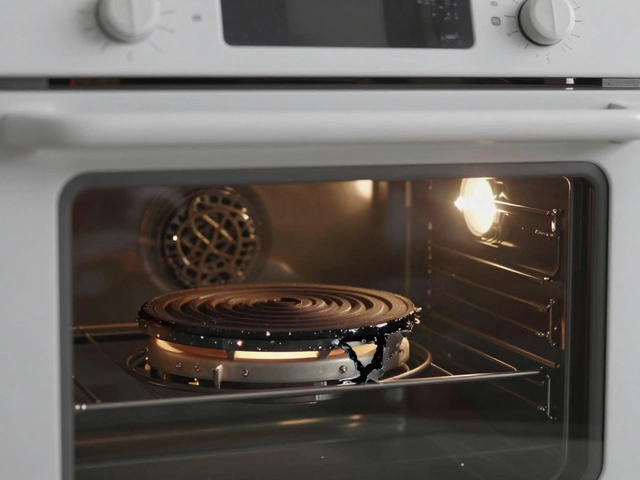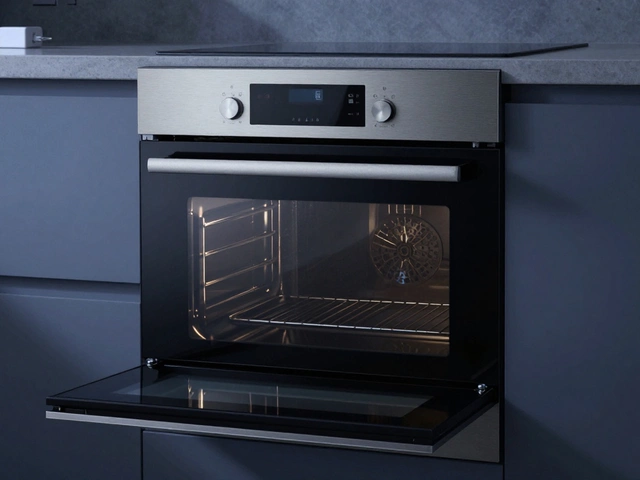DIY Oven Fix: Quick Repairs for Common Oven Problems
When you start a DIY oven fix, the practice of troubleshooting and repairing your own oven at home, you’re dealing with a kitchen appliance that’s built around a few core parts. The oven, a sealed cooking chamber that uses heat to bake or roast food relies on a heating element, an electric coil or gas burner that generates the heat inside the oven. A thermostat, the sensor that tells the oven when to turn the heat on or off controls temperature, while a igniter, the spark device that lights a gas oven’s burner is essential for gas models. Understanding how these pieces fit together lets you diagnose failures without guessing.
Why a DIY Approach Works for Most Oven Issues
Most homeowners discover that a simple DIY oven fix can save time and money. A broken heating element is often the culprit when an electric oven won’t heat. Replacing it usually means unplugging the unit, removing a few screws, and swapping the coil – a task that takes under an hour for most people. If the oven overheats or under‑cooks, the thermostat might be out of calibration. Adjusting or swapping the thermostat restores proper temperature control and avoids costly service calls. For gas ovens, a faulty igniter prevents the burner from lighting; testing voltage with a multimeter and installing a new igniter restores function in minutes.
These repairs share a common pattern: identify the malfunctioning component, verify it with a simple test, then replace the part. That pattern is a semantic triple: "DIY oven fix" → “requires” → “component testing”. It also shows that “oven repair” → “needs” → “basic tools”. By keeping a screwdriver set, multimeter, and replacement parts on hand, you turn a potential emergency into a quick weekend project.
Safety comes first. Always disconnect power or shut off gas before opening the oven. Check that the appliance is cool, and wear gloves to protect against sharp edges. If you’re unsure about gas connections, it’s wise to call a qualified engineer – the risk of a leak outweighs the cost of a professional visit.
Beyond the core components, a few auxiliary parts often cause trouble. The door seal can crack, letting heat escape and making baking times longer. Re‑sealing the door restores efficiency and cuts energy bills. The fan that circulates hot air in convection ovens can fail, resulting in uneven cooking. Cleaning or replacing the fan motor is straightforward and improves performance. These peripheral fixes illustrate another semantic triple: “oven door seal” → “affects” → “heat retention”.
When you tackle a DIY oven fix, you also learn how to reset fault codes. Modern ovens display error numbers that point directly to the problematic part. For example, “E1” on many brands signals a heating element issue, while “E2” points to the thermostat. Consulting the user manual or an online code list turns a vague symptom into a precise diagnosis, speeding up the repair and reducing guesswork.
Many of the articles in this collection walk you through each of these scenarios step by step. You’ll find a guide on testing an electric heating element with a multimeter, a walkthrough for swapping out a faulty thermostat, and a safety‑first checklist for gas igniter replacement. There’s also a comparison of repair versus replacement costs, helping you decide when a new oven makes more sense than a DIY fix.
If you’re new to appliance repair, start with the simplest tasks: cleaning the oven interior, tightening loose screws, and checking the power cord. These quick wins often solve the problem before you need to open the unit. As you gain confidence, move on to component swaps. The learning curve is shallow; each repair reinforces the next.
Remember that regular maintenance prevents many of the issues that lead to a DIY oven fix. Keep the oven clean, inspect the door seal quarterly, and run a self‑test cycle monthly if your model supports it. Proactive care reduces the likelihood of sudden breakdowns and extends the life of your appliance.
Below you’ll discover detailed articles covering everything from “Electric Oven Not Heating” to “Gas Oven Igniter Problems” and “Thermostat Calibration Tips”. Each piece is written for a homeowner who wants practical, hands‑on guidance without the jargon. Dive into the list to find the exact fix you need, whether it’s a quick part swap or a deeper diagnostic run.
With the right tools, a bit of patience, and the knowledge from these guides, your next oven hiccup will feel like just another DIY project you can conquer safely and cheaply.


